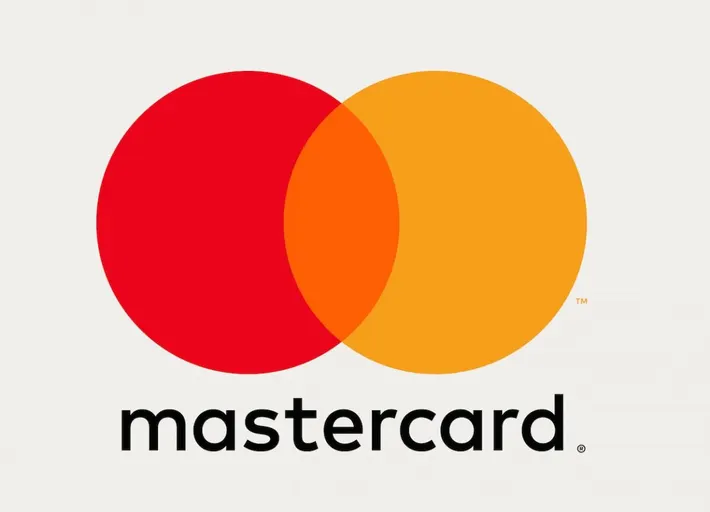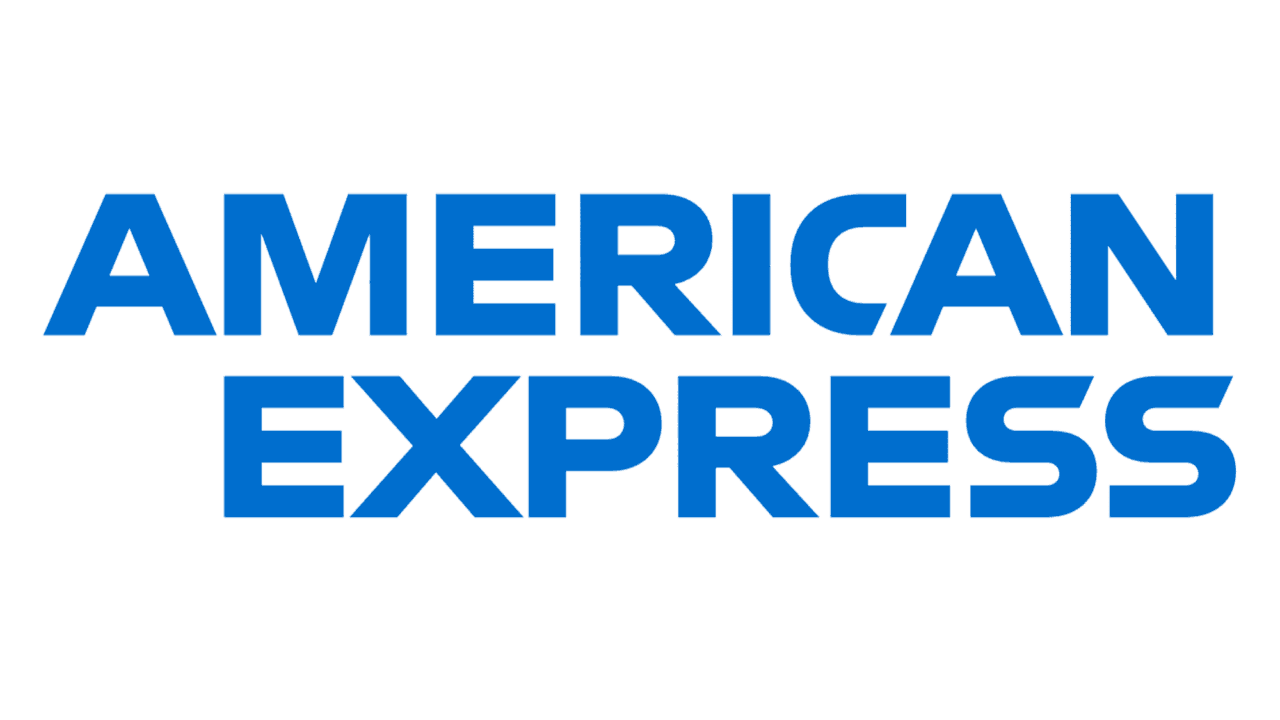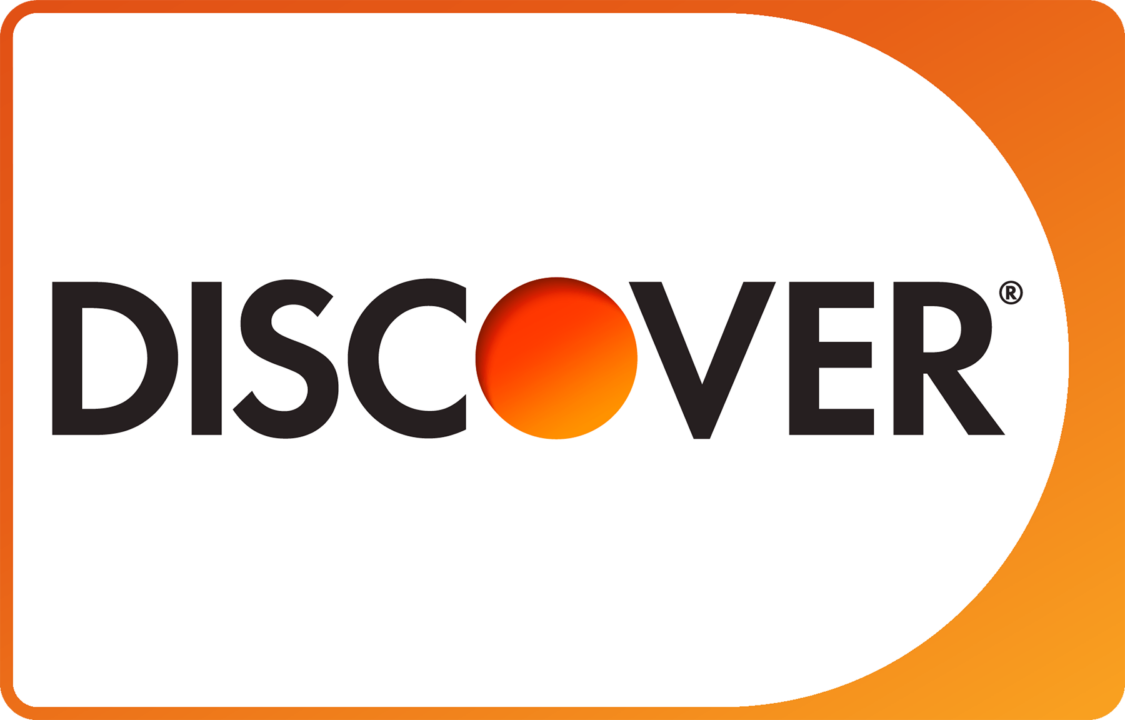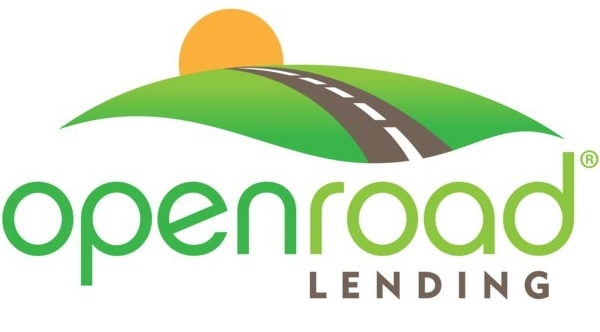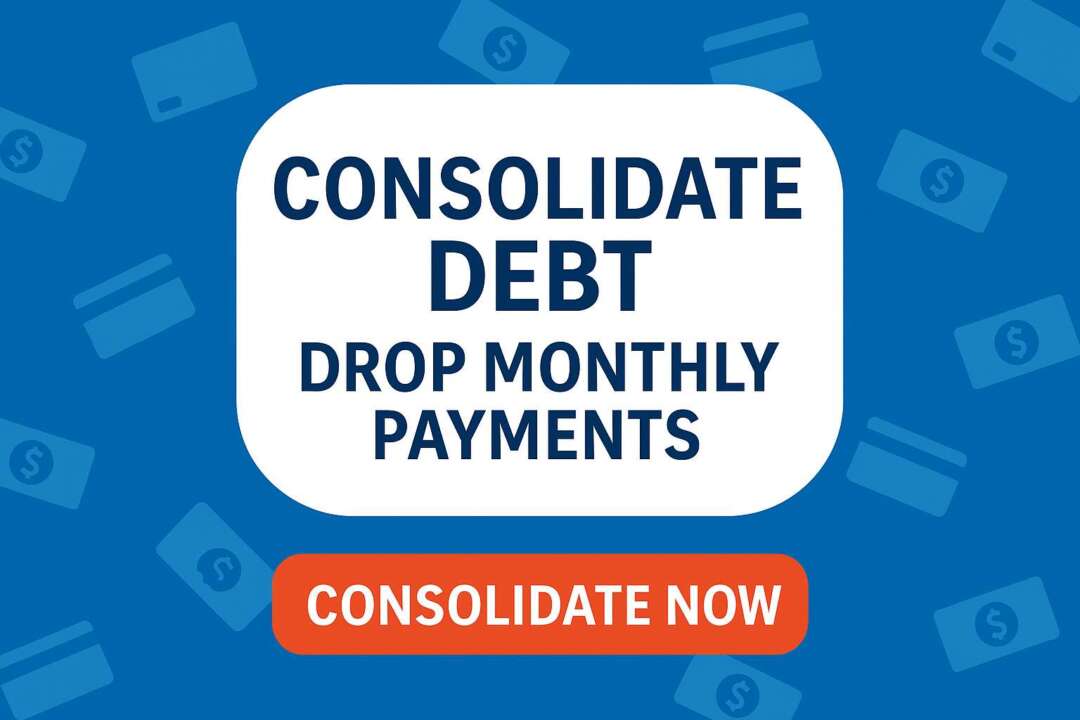Personal Loan Fees EXPOSED: All the Hidden Costs You Need to Know
Before you accept that personal loan offer, do you know all the fees that might be lurking in that loan agreement? When you see an offer, the APR and total interest expense are easy enough to see. But, are there other fees that could make the loan more expensive than you had bargained for? We’ve spent years in the lending industry and we track hundreds of credit providers. We’re going to use that experience to tell you all the fees you should watch out for…and even how common they are. Here are the fees you might find in your loan agreement…
Origination Fee
An origination fee is a one-time fee charged by the lender for processing the loan.The fee typically ranges from 1% to 8% of the loan amount. The fee comes out of the proceeds of the loan. So, if you borrowed $10,000 with a 5% origination fee, you would receive $9,500, but you would still need to repay the $10,000. It’s important to understand that the origination fee will be accounted for in the APR. The APR includes the interest rate and any unavoidable fees. If you plan on paying off your loan early, you will want a loan with a low–or no–origination fee. That’s because you don’t get a reimbursement for the origination fee if you pay the loan off early. Almost half of all lenders charge origination fees.
Late Payment Fee
A lender may charge you a late fee if you miss a payment or fail to pay by the due date. Some lenders have a grace period that can be between 5 and 10 days. If you are the kind of person who is regularly late on your payments, late fees can get expensive. About 60% of lenders charge late fees. Some charge a fixed amount between $10 and $39. Others charge 5% of the late amount. The best way to avoid late fees is to sign up for autopay.
Non-sufficient Funds Fee (NSF)
A non-sufficient funds fee is triggered when a lender attempts to pull your payment but you don’t have enough money in the account. Other names for this fee include, Dishonored Payment Fee, Bounced Check Fee, Returned Payment Fee, or Failed Payment Fee. These fees typically range between $10 and $50. About 20% of lenders charge NSF fees. It’s also important to mention that you may incur overdraft fees from your bank.
Administrative or Maintenance Fee
An administrative or a maintenance fee is catch-all fee for the general administrative costs associated with your loan. Less than 5% of lenders charge an administrative or maintenance fee. The ones that do tend to be storefront lenders that charge fees that are permissible in the states in which they operate. That means that a company might charge this fee in one state, but not in another one. In cases like this, it is really hard to research the fee ahead of time because these lenders will not publish the information on their website. You will only know if there is an administrative fee when you receive the loan offer. Administrative fees are also much more common with lines of credit or other forms of revolving credit.
Paper Documents Fee
Paper document or paper check fees are charged if you want your loan documents sent by mail. Lenders prefer to do everything digitally, these days. Managing physical paper costs them more to process and they often pass those costs on to you. But, frankly, they just want to discourage the use of paper. These fees can be as little as $5 and as much as $25.
Insurance Fees
Some lenders sell insurance against your loan. They might sell credit insurance that will cover the loan payments in case of death, disability, or unemployment. If you secured your loan with the title to your motor vehicle, they might charge additional insurance on your automobile. Most lenders do not involve themselves with insurance. You see it most commonly amongst non-prime and storefront lenders. You need to know that if the insurance is required, it needs to be disclosed in the APR. Otherwise, you should be able to decline it.
Payment Convenience Fee
Lenders would like you to use autopay to make your payments. Not only does it decrease the chances of you being late or defaulting on the loan, it also is easier and cheaper for them to process. They might offer other payment options like paying by paper check through the mail or using a debit card. Some lenders will charge a fee if you use one of these alternative methods of payment. This convenience fee can be a percentage of the payment, like 5%, or a flat fee, like $5.
Collateral Fees
If you are securing your personal loan with collateral, you might find additional fees. A lender might charge you to assess the value of the collateral or pass on the government fees associated with the title of your motor vehicle. Securing your loan can make it easier to be approved or score a lower interest rate. But, you will want to make sure that it doesn’t come with additional fees that eat into those savings.
Prepayment Penalty
Including the prepayment penalty on this list is a red herring. A lot of lenders love to boast about how they don’t charge a prepayment penalty, but I don’t know of any lender that still charges one in this day and age. If you know of a lender that still does, leave a comment below. We’d love to hear about it. So, by all means, check your loan agreement, but you aren’t likely to see a prepayment penalty.
Understanding all potential fees in a personal loan agreement is critical to accurately calculating the true cost of borrowing. Before signing, check the loan agreement for these fees. And, if you see quite a few of them, you might want to keep looking. Most lenders only charge a couple of these fees. It never hurts for you to shop around. That’s the best way to make sure you’re getting the best deal you can in your situation.
At The Yukon Project, we’ve tried to make shopping around easy. If you go to our marketplace page, you can apply to any one of our featured lenders. Behind the scenes, we will check your rate with up to 40 other lenders. Our partners use a soft credit check, so applying won’t hurt your credit score. We will show you all of your approved offers so you can pick the loan that would be best for you.
Are there any other fees that you’ve seen in lending agreements that we didn’t mention here? If you know of any, leave a comment below. We are trying to build a community of people who can share their experience so we can all be better informed when making decisions about our personal finances. If you found this information helpful, like this video and subscribe to our channel. Your support helps us out and we really appreciate it.














